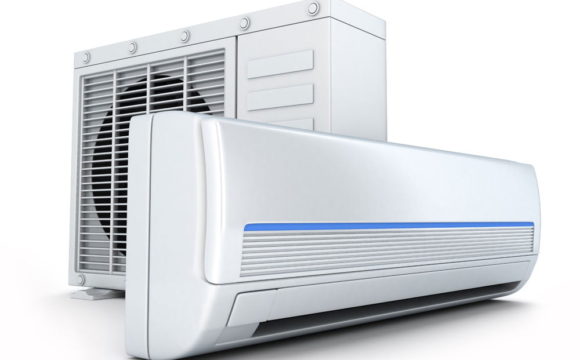The monsoon season is getting closer and closer to us as spring and summer draw closer. Lightning storms are another hazard that comes along with the stormy season. These storms may do significant damage to your houses and the objects that are inside of them. Lighting poses a threat to your essential home appliances, and because of how busy your life is, you probably won’t have the chance or time to unplug your electronic gadgets and home appliances, which leaves them vulnerable to overvoltage and spikes. Prepare the surge protectors, here we go! There are other potential dangers to the electrical system in your house than lightning. Your house will also be protected against surges that are caused by utility providers if you have surge protectors installed. These surges are quite prevalent and take place virtually every day as a direct result of aging and defective pieces of equipment. It is recommended that you get a surge protector to prevent any of your expensive electronics from being damaged as a result of these troubles. It is also possible, if you do not have a surge protector, that you will lose crucial data that is saved on gadgets in your house. Continue reading to discover the best surge protector for kitchen appliances and the factors that make them essential components that should be found in every home.
How Important are Power Surges and What Causes Them?
Before we go any further, we must have a solid understanding of what power surges are. The interruption and subsequent resumption of the flow of an electrical current during a power surge. Lightning strikes and transformer strikes may cause surges of several thousand volts, whereas most tiny electric equipment experience surges of five to ten volts when turned on. Power surges, on the other hand, can endure for more than 3 nanoseconds, in contrast to power spikes, which often only last for a couple of nanoseconds. There are a handful of peaks that you should watch out for.
The surge of Electricity Inside the Home The majority of power surges inside a home occur on the inside. You don’t even notice these sorts of surges when they happen numerous times a day. Motors’ on/off cycles and the resulting rerouting of electricity can cause internal power surges, which can damage equipment like stoves.
A power spike that comes from outside the home is referred to as an external power surge. These surges may have been caused by a broken electrical line, a lightning strike, or a blown transformer.
There is no such thing as a harmless power surge; they will always cause damage to your property. Do not undervalue the harm that they are capable of causing. Voltage fluctuations pose a threat to the operation of any home appliance or electronic equipment that has a microprocessor.
What is the Function of Surge Protectors?
Protecting the gadgets that are plugged in from electrical surges is the job of surge protectors. They first take in more voltage and then securely route the energy to a ground line. There is a finite lifespan for surge protectors. The number of unused joules (a measurement used to measure energy) the surge protector can absorb reduces with each surge it stops. One surge of 2,000 joules may be blocked by a voltage converter with a maximum capacity of 2,000 joules, or twenty surges of Hundred joules each. Even while surge protectors often do not display a particular quantity for the number of joules that are still available, the majority of versions come equipped with an LED that indicates whether or not the surge protector is also still able to safeguard the devices that are connected to it.
It is important to keep in mind that there is now no household gadget that is capable of providing adequate protection against direct lightning strikes. Protectors against surges will be of assistance in the event of proximity strikes, which refers to lightning strikes that occur quite near your home.
What’s the Difference Between Power Strips & Surge Protectors, Anyway?
As a result of its many outlets, which allow for the simultaneous connection of several electronic devices, power strips are frequently mistaken for surge protectors. Power strips only serve one purpose, which is to allow several electronic devices to draw power from a single electrical socket. Conversely, a surge protector serves the same purpose, but further shields your electronics from sudden power fluctuations.
Do my television and refrigerator require surge protectors?
In general, you should only plug in high-priced appliances and electronics that include microchips into a surge suppressor. This includes computers, laptops, phones, gaming consoles, and televisions in addition to refrigerators, dishwashers, stoves, and air conditioning units.
Always Remember to Be Prepared and Safe!
Taking precautions against lightning strikes is especially important if you live in the beautiful state of Florida. If it is installed correctly, a surge protector is a very cost-effective approach to protect the majority of the costly electrical gadgets in your home.







